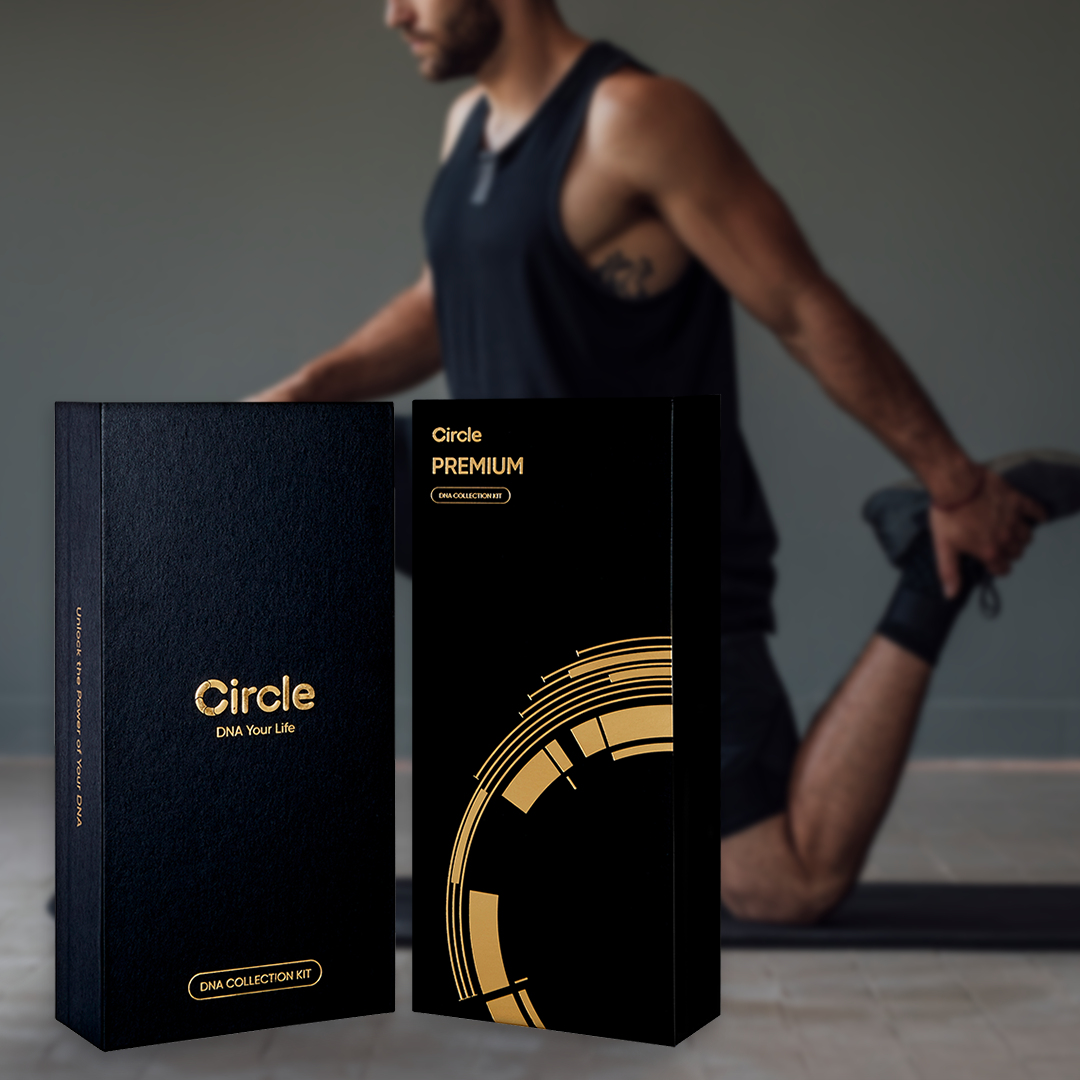
If you aren’t listening to your DNA, you’re probably training wrong…
Want to smash your fitness goals this year? Try utilising your DNA to find out the perfect training or exercises your body is best suited for, to get the most out of your workout.
All of us have a unique set of genes that not only affects how we look but how our bodies respond to certain food and exercise. For some, yoga and pilates may be enough to get toned and lose weight. However, others may need heart-pumping cardio and weights to get the same results.
How Training Works
We are 99.9% genetically identical. However, each human possesses different variations (i.e. minute differences contained in that 0.1% that make us unique). At Circle, we analyse these variations and test your DNA for individual markers.
These markers can pinpoint if you’re more predisposed to training for endurance — such as cycling or running — or power — including weight-lifting, high-intensity resistance training and sprinting. Here’s a little secret. Your DNA contains information such as your injury risk and recovery times. Besides that, you can then use this data to tailor efficient workouts to help you maximise your health.
In fact, a recent study showed that those on genotype-matched training improved almost three times more than those on mismatched programmes. If you match your genotype with your training, the likelihood of significant improvement was 21 times more in the power test and 28.5 times more in the endurance test compared with people who were mismatched.
Endurance Bias Training
Our CircleDNA testing can measure your endurance response. This can easily determine if your muscles are designed for repetitive work like high repetition weight training or longer duration cardio sessions. That’s because your genes predispose you to find it easier to do exercises that require large amounts of oxygen and a continuous state of workout which results in leaner muscle mass development compared to bulky muscle mass development.

If you are an endurance responder then you’ll find that the perfect training to achieve your best results is when training with many reps, over the usual 8–10, with slightly lowered weights. Your body will also thrive on cardio exercises that you can split into varying forms of intensity for longer durations.
Endurance Exercises
- Long steady state running
- Cycling/spinning
- Water aerobics
- Mountain climbing
- Zumba
- Yoga/Pilates
- High repetition weight training
Power Bias
Being a natural power responder means that your body responds better to exercises that are high in intensity and short duration that can be centred around big movements and heavy weights. You can deal with the strain of lifting more and you benefit from the intensity of it.

The power response essentially means that you’ll see bigger gains if you do sets with lower reps and heavier weights (around 80–100% of 1Rep Max [RM]). By taking this into account you’re able to refocus your efforts in the gym, changing the way you normally train. If you love cardio, this doesn’t necessarily mean that have to become a weightlifter. Rest assured, you can still do the exercises you like, you just need to implement more force when doing them.
Power Exercises
- Sprinting
- Powerlifting
- Track cycling
- Squats
- Deadlifts
- Bench presses
- Burpees
Mixed Response
Mixed responders fall somewhere in-between the power and endurance scale, sometimes right or close to the middle. If you fall on this part of the spectrum, you’re more likely to respond to exercises that can be considered more standard but are varied over doing intense cardio training and lifting weights.
It’s important to find an exercise regimen that works for you and stick to it for the best results. High-intensity training across-the-board is a great way to condition your body to reach peak athletic fitness.
Take the guesswork out of your workout in 2019 by discovering if you’re more power or endurance-based — or both — by exploring your genes with CircleDNA. Find the perfect training for you!






Comments are closed.